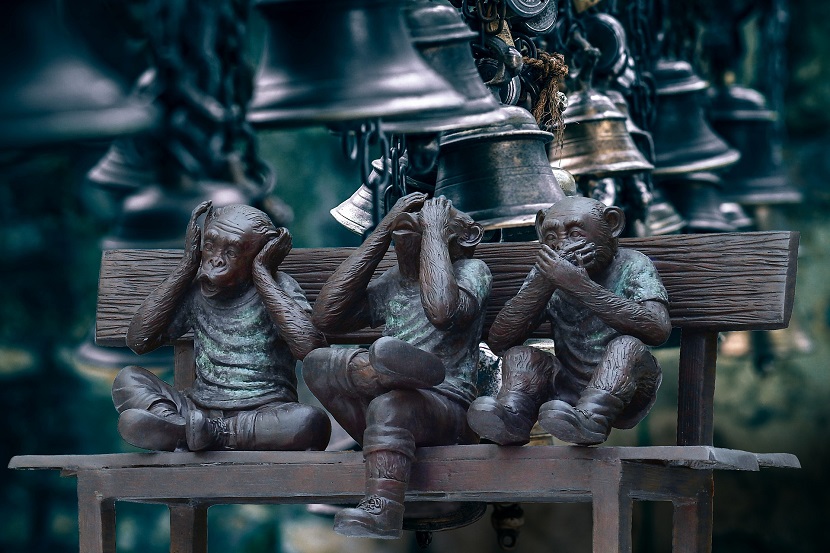“With a chemical alarm, you’re going to build one that is oversensitive because you would rather the alarm go off and give you a false alarm than to err on the other side.” —General Norman Schwarzkopf
False alarms and spurious trips are inconvenient and annoying.
They shut down operations that are running well, imposing the hazards and expense of starting up again. They compel unnecessary evacuation, interrupting productive and sometimes urgent work. Worst of all, they desensitize people to real alarms and the need for alarm systems.
“Well, it works,” some say, looking for a silver lining. “At least we can skip the annual test.”
No. We can’t.
Why We Test
The periodic proof tests and inspections of an alarm system or other safety instrumented system (SIS) are there to document that the system works the way it is supposed to work and that it hasn’t deteriorated. While a false alarm or spurious trip may demonstrate that some of the final control elements worked, does a false alarm show that all of the final control elements—the sirens, the flashing lights, the isolation valves, the emergency vents—worked? Exactly the way they were supposed too?
Who knows?
Did each final control element work? Did it work within the allowed amount of time or with the required delay?
Who was there to check?
One of the purposes for proof tests and inspections is to confirm, not just that some of the final control elements work, but that they all work, and that they all work as designed.
There are other purposes as well. Proof tests confirm that all the input to the system—the sensors, the pull stations, the emergency stop buttons—work the way they are supposed to work. A false alarm or spurious trip tells us nothing about these.
Inspections reveal whether the system has experienced any degradation—corrosion, loose wires, wobbly brackets, accumulated moisture—that hasn’t caused the system to fail yet, but has accelerated that eventual failure. A false alarm or spurious trip doesn’t tell us anything about these, either.
False Alarms and Spurious Trips are Inevitable
There are really two responses we want from an SIS. First, when nothing is amiss, we want it to do absolutely nothing. Second, when something is amiss, we want it to act. We would prefer the first all the time, but the SIS really has no control over the externalities that cause it to act.
There are two responses we don’t want. When nothing is amiss, systems sometimes act anyway. We call these false alarms or spurious trips.
We hate these.
The other is when something is amiss, yet the system does not act. We call these system failures.
We hate these even more.
Either can be reduced, usually at the cost of increasing the other, but since no system is perfect, it is just about impossible to eliminate both spurious trips and system failures entirely. At some level, at least one of them is inevitable.
The easiest to eliminate entirely are false alarms and spurious trips. All you have to do is to eliminate the system. The occupants of a building without a sprinkler system don’t have to worry about the sprinkler system going off without cause. If there is no fire alarm, then it can’t give a false alarm. If there is no SIS, then it can’t cause a spurious trip.
Yet, when someone says “Eliminate the false alarms and spurious trips!” they certainly aren’t saying, “Get rid of the safety system!”
False Alarms and Spurious Trips Make Us Less Safe
The fact that false alarms and spurious trips are inevitable doesn’t change that they are inconvenient and annoying. More importantly, they make us less safe. People are less cautious about other hazards when responding to a defined hazard, which means that they are more vulnerable to real hazards when responding to a false alarm.
The harm that comes with desensitizing people to alarms can be irreparable. The literature is crawling with examples of personnel who ignored a real alarm because they had already experienced too many false alarms. Given their experience, they simply silence the alarm, believing it to be false, with the intention of looking into it later when it is more convenient.
Accept No Substitutes
When a system gives a false alarm or causes a spurious trip, it is not conducting a spontaneous, unannounced drill or premature proof test. It is crying out that something is wrong with it, that it needs attention. Instead of a substitute for a proof test or inspection, a false alarm or spurious trip reinforces the need for proof tests and inspections. A false alarm or spurious trip tells you that something is wrong and needs to be fixed, but it won’t tell you what is wrong, what needs to be fixed.
Only proof tests and inspections can do that.
When your system gives you a false alarm or spurious trip, you have to find out why. It may be that it is within the parameters of the design. If so, and you can’t live with that, then the system needs to be upgraded. If the false alarm or spurious trip is not within the parameters of the design, then you shouldn’t live with that.
False alarms and spurious trips need to be fixed, or someone is going to get hurt.
So, the next time you experience a false alarm or spurious trip, don’t think, “Well, at least we can skip the proof test and inspection.” Instead, take it as the near miss that is, and investigate why it happened. Then fix it. False alarms and spurious trips may be an inevitable part of having a safety system, but that doesn’t mean that you should simply accept them.
